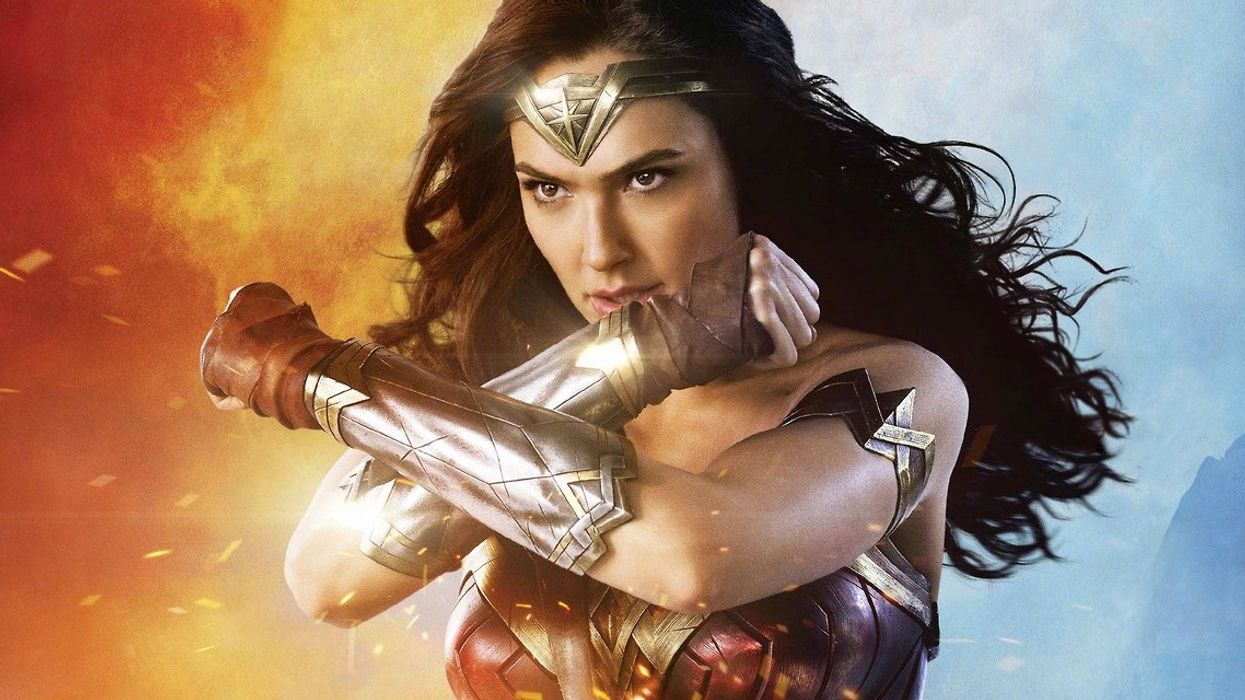Watch: The Evocative 35mm Cinematography of 'Wonder Woman'
This detailed 'Wonder Woman' scene breakdown showcases how the DP’s choices underscore the heroine’s growing power.

[SPOILER ALERT: This video reveals major plot points.]
Were you a member of the record-breaking box office audience during Wonder Woman's opening weekend, but still can't get enough? Before you go again, check out this breakdown of the film's cinematography and set-ups from Matt Workman of Cinematography Database and you may see it in a whole new, ahem, light.
Wonder Woman, directed by Patty Jenkins and shot by Matthew Jenson, was primarily shot on 35mm film with Panavision Primo spherical prime lenses, which Workman recommends as a go-to for features. From the BTS material that has been released so far, it looks like there was Steadicam work on almost every scene, and even some old school operation with hands directly on the Panavision mag when it was in Steadicam mode.
“As her powers start to emerge, we see more cyan and orange, and by the end we see a whole new look completely.”
Workman’s lengthy video contains his personal analysis and educated guesswork as a cinematographer, focusing more on lighting and color choice than on camera technique. The video features many production side notes that will be useful for anyone looking to operate on a big set. Note that although Workman only uses clips and stills from the movie’s early promotional trailers and BTS, the video still contains some big spoilers.
Practical Lighting
Considering that Wonder Woman is a larger-than-life superhero movie, it’s somewhat surprising how much of it is lit with natural and practical lighting. Workman analyzes a major outdoor fight scene that appears to be lit largely by the sun, an octagonal bounce close to the action, and a “big ol’ bounce” reflecting on the whole set.
Workman also looks into how the lighting is motivated in several scenes, noting that "practicals are everything." In this case, many antique Tungsten lights are placed throughout the London and Germany interior scenes to evoke the World War I era of the story.
Emerging Superhero Colors
Wonder Woman follows Diana from a sheltered but blissful childhood on a mystical island to the thick of World War I, where she discovers the true nature and extent of her superpowers while trying to—what else?—save the world. The evolution of the film’s color scheme underscores the emergence of Diana’s power. As Workman points out, we only see Diana and the landscape lit with pure white, natural lighting early in the film when she is still an innocent child. As the film’s plot becomes more violent and Diana gets introduced to the “real world,” a cyan and orange color palette begins to take over.
“As her powers start to emerge,” Workman says, “we see more of this cyan and orange, and by the end, we see a whole new look completely.”
The London scenes are permeated with a gray-blue; even the whites are bluetinged. Much of the battlefront is blue as well. Eventually, blues form the backdrop as Diana’s golds and oranges—like her famous “Lasso of Truth”—dominate the fore, until she fully embraces her power, and with it, a completely fiery orange palette.
Workman notes that much of the film is shot practically with white lights, with these oranges and blues being produced in the color correction process, rather than in-camera or with gels.

Added in Post?
Another running theme of Workman's breakdown is an attempt to figure out which effects and set pieces were created in post-production—to the point where one of his commenters quipped, "I'm down for an 'added in post' drinking game." It's a challenging exercise to determine the line between where the real set ends and the CGI begins, but one that might be useful if you're planning a VFX-heavy production.
Workman provides some telltale signs. Surprisingly, one element that was not created with CGI is Wonder Woman's glowing lasso—as revealed by the fact that it is already emitting light in the pre-VFX BTS pics. It appears to have been fashioned by a string of LED lights.
We would have liked to see more analysis of how these choices differentiate Wonder Woman from other superhero movies. Do you have any insights? What was your favorite scene? Please share in the comments.
Source: Cinematography Database










![Ethos, Pathos, Logos: 20 Effective Ways to Advertise [Infographic]](https://nofilmschool.com/media-library/ethos-pathos-logos-20-effective-ways-to-advertise-infographic.jpg?id=34064614&width=600&height=600&quality=90&coordinates=560%2C0%2C0%2C0)

